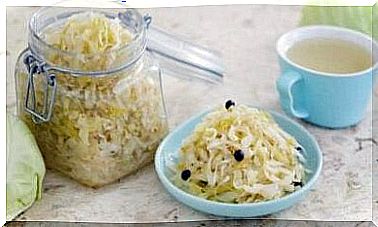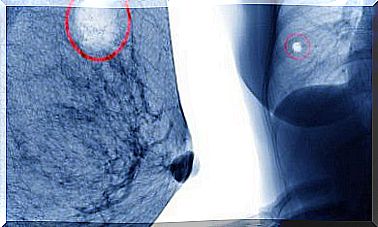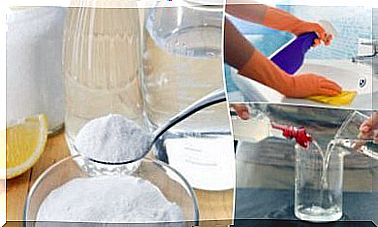Three Fermented Foods Indispensable In The Diet
Fermented foods should be part of our regular diet, as their living microorganisms help us to naturally repopulate the bacterial flora in the gut.
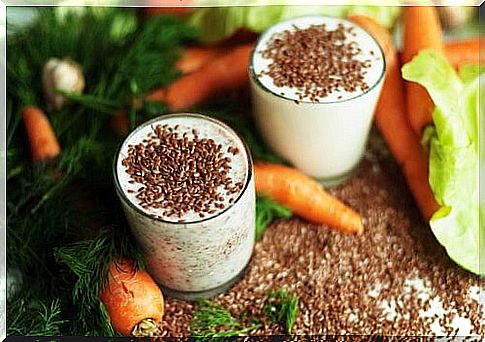
Fermented foods come from very old traditions in many countries where they are eaten as an accompaniment to difficult-to-digest dishes, such as roast meat.
In this article, we’re going to share with you three fermented foods that you can make at home that can’t be missing from your diet. These are pineapple, cabbage and milk.
What do fermented foods give us?
Fermented foods are alive, that is, they contain microorganisms that promote and repopulate the intestinal bacterial flora.
The health benefits of these foods are:
- Improve digestion
- De-swell the belly
- Regulate intestinal transit
- Improve the assimilation of nutrients from food and prevent nutritional deficits
- Increase immune defenses, thanks to the link between the intestine and the immune system
It is therefore important to consume these fermented foods regularly. Because there are factors that damage the intestinal flora such as certain digestive disorders, stress or antibiotics.
Three essential fermented foods
1. The pineapple peel drink
The fermented drink with pineapple skin has a big advantage. Indeed, we use the part of the fruit that we generally throw away and which nevertheless contains powerful enzymes that are very good for health.
These enzymes activate the fermentation process of this delicious and surprising drink that tastes similar to apple cider.
In addition to benefiting our intestinal flora, this fermented drink enjoys the virtues of pineapple.
It is a very digestible food that promotes the elimination of liquids retained in areas such as the legs, stomach or face.
Ingredients
- The skin of a large pineapple, well washed and organic if possible
- 3 cups of brown sugar (360 g)
- 1 liter of water
Preparation
- First, cut the skin of the pineapple into small pieces and then place it in a glass container that has a tight-fitting lid.
- Then add the sugar and water.
- Close the container and let it sit at room temperature for two or three days, until the sugar is gone.
- Filter the drink and store it in the refrigerator.
- You can consume it on an empty stomach to benefit from its medicinal properties or at any time of the day.
Note: Since all the sugar is consumed during fermentation, you can sweeten it with a little stevia or honey.
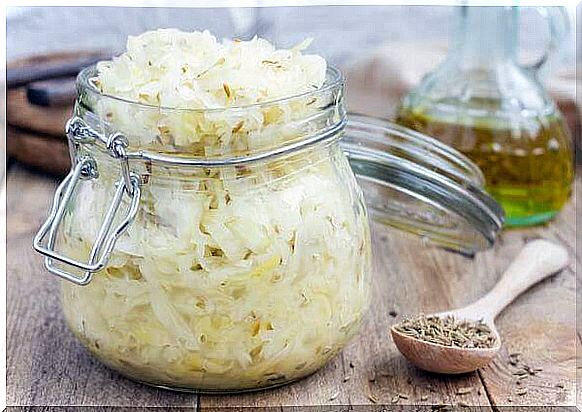
2. Fermented foods: sauerkraut
Sauerkraut is fermented cabbage and sea salt that is consumed in many European countries, accompanied by meat or fish. You can also buy it ready-made. But it is then a product made from alcohol that has not gone through a fermentation process, which is only obtained with salt.
This is why it is preferable to prepare it at home.
Ingredients
- A big cabbage or two medium ones, green or red
- 3 tablespoons of sea salt (54 g)
- Juniper berries (optional)
Preparation
- Finely chop the cabbage or grate it and put it in a glass container.
- As you put the cabbage, press it down to compress it, add the salt evenly distributed over all the layers, as well as the juniper berries.
- Do not fill the container to the top. You have to leave a little space because during fermentation, the cabbage will shed its own juice.
If the juice does not exceed the cabbage within 24 hours, add water to the salt. - Do not cover the container tightly, but cover with a cloth.
- If any substances accumulate on the surface of the juice, remove them.
- In two or three weeks, your sauerkraut will be ready.
3. Kefir
Kefir is a fungus with which you can ferment any milk of animal origin. Indeed, it feeds on lactose, which is the sugar present in milk.
You can buy it ready-made or make it at home in a very simple way, to have it every day.
- It is enough to ferment kefir grains in milk for one or two days.
- The result is similar to liquid yogurt with an acidic touch due to fermentation.
- You can sweeten it with a little honey and accompany it with fresh or dried fruit.



